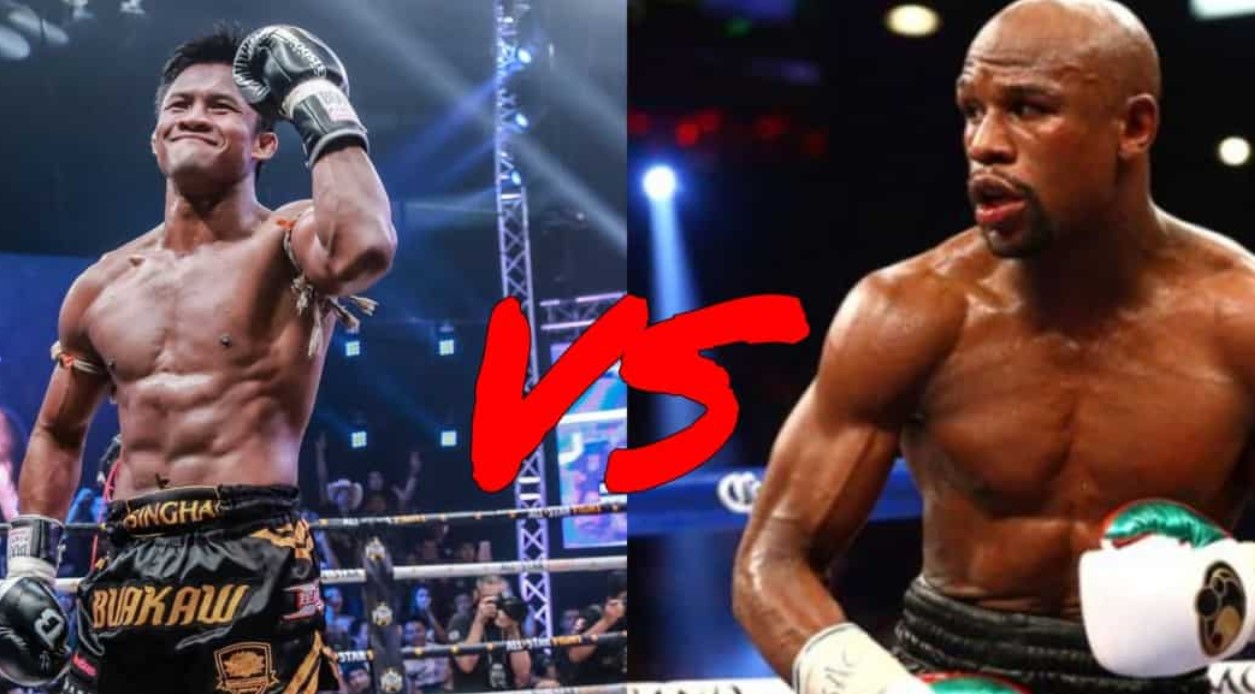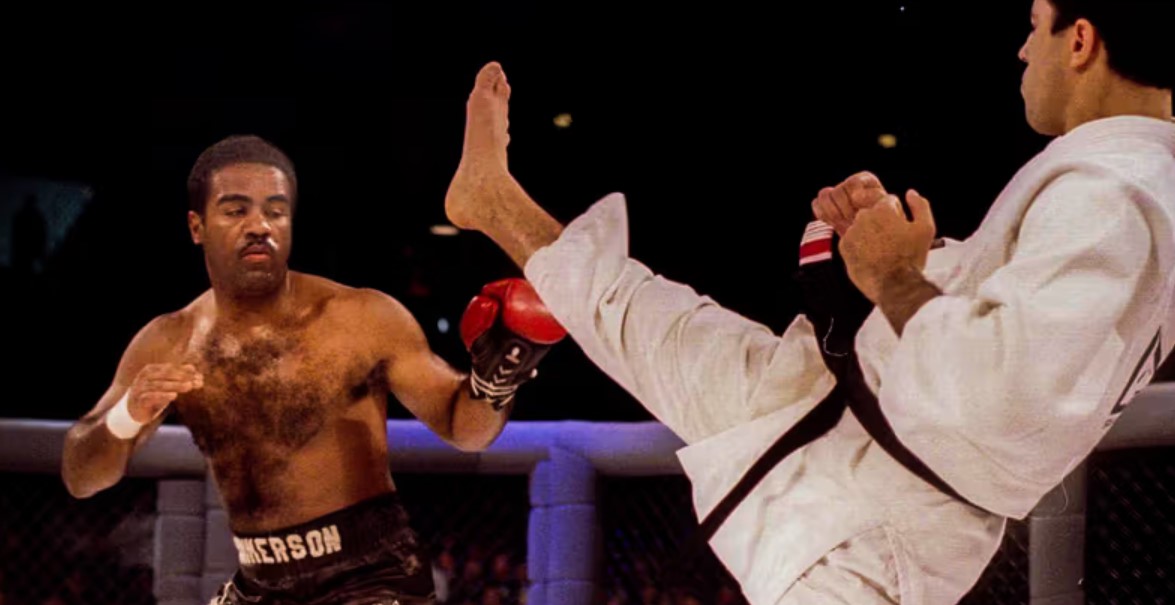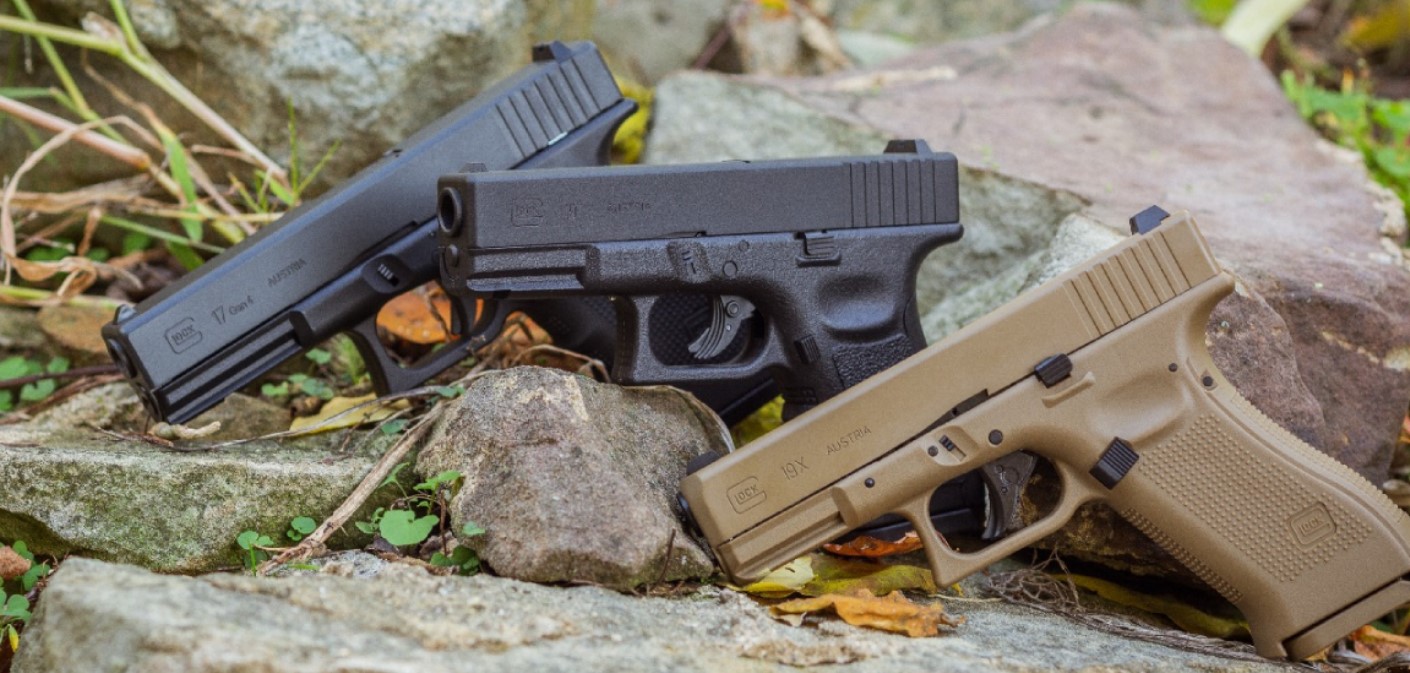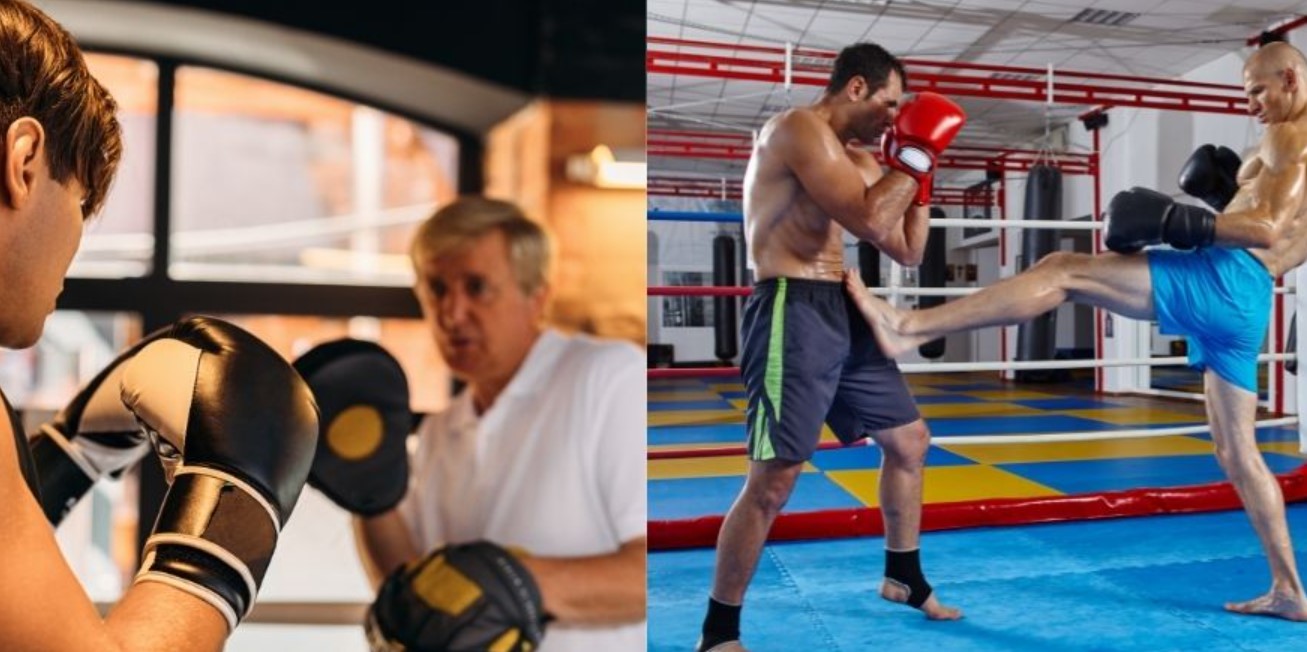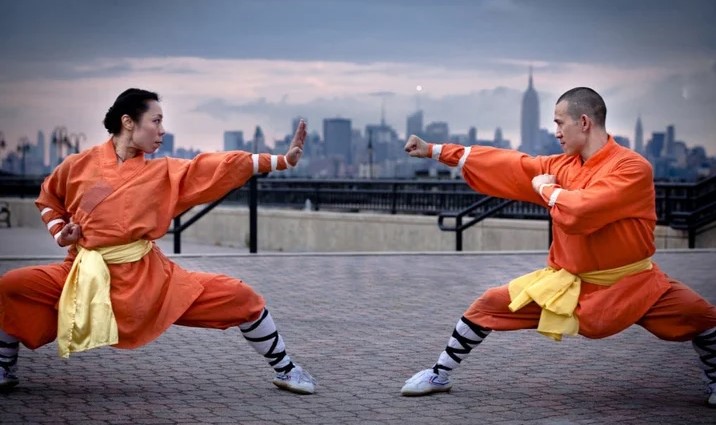Best form of self defence for real life situations – The desire to protect yourself is a primal instinct, and with good reason. Unfortunately, there’s no single “best” form of self-defense for every situation. However, some disciplines excel in equipping you with the skills and awareness to handle real-world threats. This article explores effective self-defense options and offers guidance on finding the right fit for you.
Why Consider Self-Defense Training? – Theselfdefensetool.com
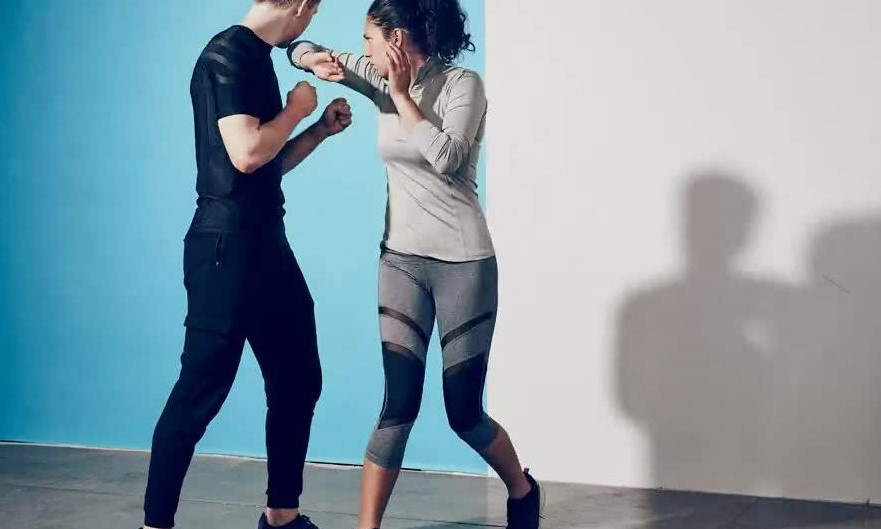
Self-defense training goes beyond physical techniques. It instills confidence, situational awareness, and de-escalation tactics. Here’s why taking a class can be empowering:
- Empowerment: Learning self-defense fosters a sense of self-reliance and preparedness. You’ll understand your capabilities and gain the confidence to react effectively under pressure.
- Situational Awareness: Training emphasizes recognizing potentially dangerous situations and developing strategies to avoid them altogether. You’ll become more attuned to your surroundings.
- De-escalation Techniques: Not all confrontations require physical intervention. Self-defense programs teach verbal de-escalation skills to diffuse tense situations and potentially avoid violence.
Best form of self defence for real life situations
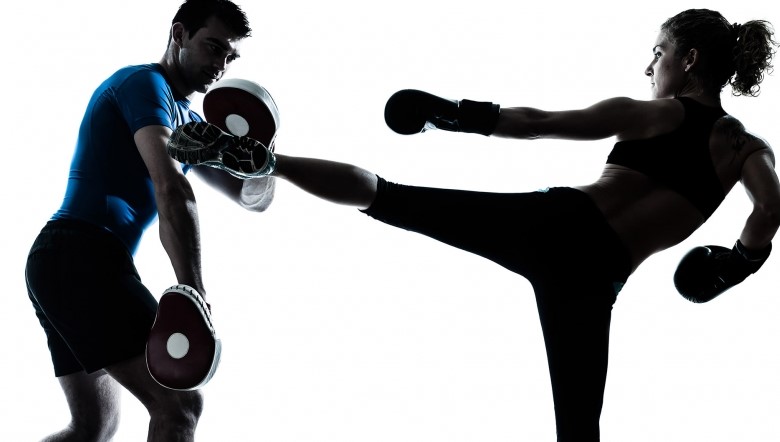
Several martial arts disciplines are particularly well-suited for real-world self-defense scenarios due to their emphasis on practicality and effectiveness. Here’s a closer look at some of the frontrunners:
- What is the best martial art for self defence? Krav Maga: Developed by the Israeli military, Krav Maga focuses on instinctive movements and neutralizing threats quickly. It incorporates strikes, joint locks, and defenses against weapons.
- What’s the best self defence martial art? Brazilian Jiu-Jitsu (BJJ): This grappling-based art teaches you to control and subdue attackers, regardless of size difference. BJJ is particularly useful if a confrontation goes to the ground, a common occurrence in real-world altercations.
- Muay Thai: Known as the “Art of Eight Limbs,” Muay Thai utilizes punches, elbows, knees, and kicks. This striking style equips practitioners with powerful attacks and effective clinch work for close-quarter situations.
- Best self defence training – Boxing: This classic discipline hones your punching technique, footwork, and core strength. Effective boxing skills can help you maintain distance and deliver powerful strikes to deter an attacker.
>>> Click Which Is Better For Self Defense Boxing Or Kickboxing?
Finding the Perfect Fit
The “best” self-defense for you depends on several factors:
- Your Fitness Level: Consider your current physical fitness and choose a discipline that aligns with your capabilities.
- Learning Style: Do you prefer fast-paced striking or more methodical grappling? Some styles are more physically demanding than others.
- Time Commitment: How much time can you realistically dedicate to training each week?
Beyond the Technique: Essential Self-Defense Strategies
While physical skills are important, self-defense goes beyond technique. Here are some crucial non-physical aspects to consider:
- Situational Awareness: Always be aware of your surroundings and trust your gut instincts. If a situation feels unsafe, remove yourself.
- De-escalation: If possible, try to de-escalate the situation with calm communication and assertive body language.
- Seek Help: Don’t hesitate to yell for help or attract attention if you feel threatened.
Remember: Self-defense is a lifelong journey. Consistent training is key to building muscle memory and refining your skills.
The best form of self-defense is often avoiding confrontation altogether. However, if faced with a threat, self-defense training can provide the tools and confidence to navigate the situation effectively. Choose a discipline you enjoy and commit to regular practice. Remember, self-defense is an investment in your safety and well-being.
>>> Click Can you use air gun for self defense? What is the best air pistol?
